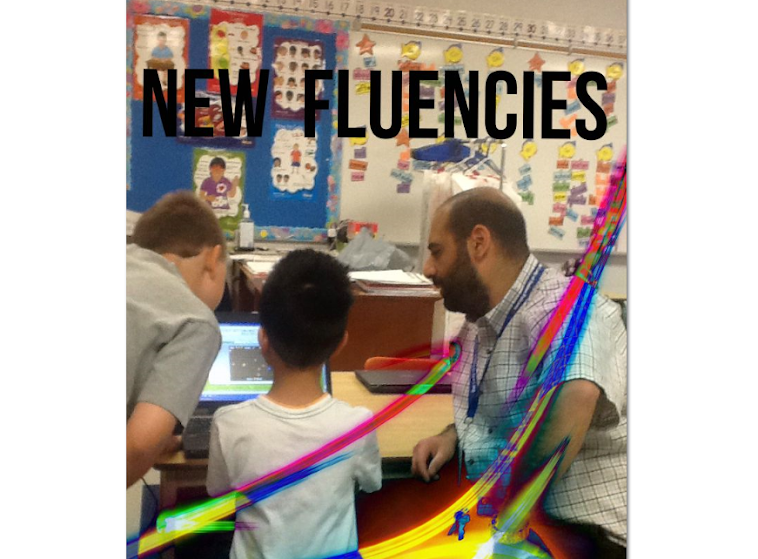Nevertheless, the technology is only one part of the equation. +Jaime Casap does a great job of illustrating the importance of technology but that on its own it is not the key ingredient to success for students:
“Technology is not the silver bullet. Great education is the silver bullet. Technology is there to support and enable great education...We have to continuously ask how we can use technology to innovate in learning, because if we don’t then all we’re doing is potentially taking bad elements of education and making them faster and more efficient.”
When I talk to people about our project they often tell me that they would love to have this type of technology in the hands of their students. When I start talking to them about what I am doing with the technology their enthusiasm seems to deflate. They tell me that it sounds like more work is being added to an already full plate. I don't perceive it the same way they do and it is probably because I am truly passionate about the work we are doing and the positive results that are coming from it now and in the future.
In combination with the technology (allowing for the creation and completion of new tasks previously inconceivable), good teaching (incorporating such things as learning goals, success criteria, anchor charts, and manipulatives) and rich tasks provide students with opportunities to acquire and practice 21st Century skills (collaboration, critical thinking, communication, creativity) that are essential to success at school and in an ever changing world.
The following photos are good examples of what is happening in our classroom around the teaching and technology that is transforming professional practice and student learning.
.JPG) |
| Anchor charts are used as a point of reference for students providing them with key information, processes, procedures, and/or strategies. |
 |
| Work area where students are using a variety of tools (manipulatives, paper & pencil, and Chromebooks) to support their learning in Mathematics. |
 |
| A student using Google Draw to 1) illustrate the structure she created (a tall structure), 2) a photograph of a tall structure, 3) and some text explaining what she has done. |
.JPG) |
| The students working collaboratively using all of the tools to complete their assigned task. |

.JPG)
.JPG)
.JPG)
No comments:
Post a Comment